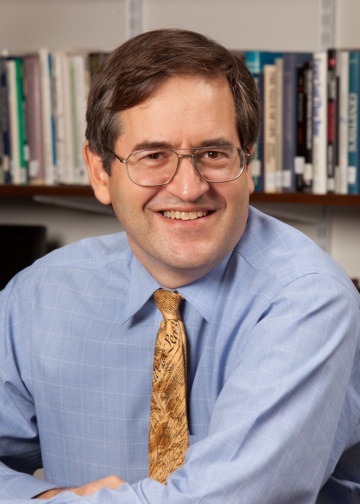School board nominating process taking shape
No limits on number of candidates sent to governor
By ELISABETH HULETTE, Staff Writer
Published February 21, 2008
The new committee that will select county school board members is placing no limit on the number of candidates it can send to the governor.
Three of the 11 members of the School Board Nominating Commission voted last night against the plan, under which any applicant that garners a simple majority of commissioners’ votes – six out of the 11 – will be sent as a candidate to the governor.
The commission was created by the legislature last year hurriedly and with little attention to detail. Its members voted last night on a process, timeline and officers – details crucial to selecting candidates for the county Board of Education.
The commission is charged with submitting at least two candidates for each open seat on the school board to the governor, who must appoint one of them to the board.
Three of the 11 commissioners – Richard Kovelant, of the Association of Educational Leaders, Tim Mennuti of the county teachers’ union and Lee Roy Payne, who was appointed by the governor – voted against selecting candidates by a simple majority vote.
“A simple majority does not do the process justice,” said Mr. Kovelant, who argued the commissioners should score candidates and send only the top-scoring candidates to the governor.
Mr. Mennuti said one negative is that under a simple majority vote, the commission could potentially send every applicant to the governor for consideration, if every applicant earned six commissioners’ votes.
“We should manage the board so they have a collection of talent,” he said. “We want them to be a diverse candidate pool.”
Joshua Greene, chairman of the commission, said the simple majority vote is similar to how judges are nominated in the county, and there was some expectation that the commission would work the same way. He did not say who held that expectation.
The 11-member commission has five members appointed by the governor, one appointed by the county executive and five appointed by local interest groups.
The commission is a change from the previous system, under which local interest groups in a nominating convention submitted names to the governor, who could then appoint those candidates or anyone else he wanted.
Two seats will be open this year – board president Tricia Johnson’s seat as she comes up for reappointment, and a new ninth seat that was also created by the legislature last year.
Mr. Greene drafted the process documents and timeline with communication from the state Attorney General’s Office, the legislature and some county school system officials. The other commissioners approved most of those drafts, which are subject to change.
The commission agreed:
On two officers: Matthew Tedesco, one of the governor’s appointees, will be vice chairman of the commission; and Anita Owens of the County Council of Parent Teacher Associations will be secretary.
Applications from candidates for the school board must be in the hands of the commission by April 1.
To hold two public hearings on the candidates. Scheduled for April 14 and 28, they will be broadcast on the school system’s cable television channel.
To hold a public meeting. The commission will hold a public meeting May 5 to deliberate and vote on candidates and then send those names to the governor on May 12.
To seek an exemption from the state ethics law that would otherwise require financial disclosure from the commissioners. That’s routine, Mr. Greene said, because the commission does not directly control any government money.
Because the commission has no budget – not even for office supplies – its members are asking the legislature for some funding. They are trying to get an unpaid student intern from Anne Arundel Community College to work as their executive assistant.
The commission will launch a Web site next week under the county school system’s site, http://www.aacps.org/. The timeline, bylaws and minutes from the past two closed meetings will be posted on the site shortly, Mr. Greene said.
The commission’s next meeting will be open to the public March 18 at a location yet to be determined.
